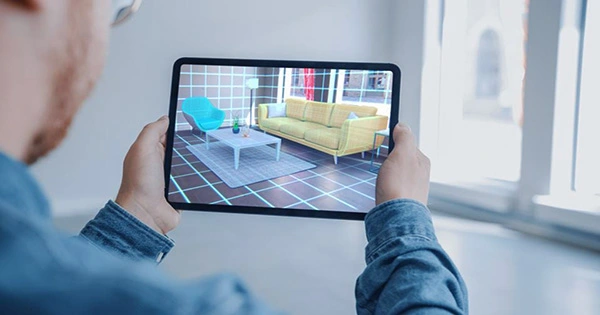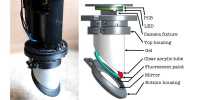According to MacRumors, the operating system that will power Apple’s anticipated virtual or augmented reality headgear will be dubbed realityOS. Multiple sources identified the word in recent GitHub open source code and App Store submission logs. Rens Verhoeven, an iOS developer, tweeted, “What is Apple’s realityOS doing in the App Store upload logs?” “At the very least, this confirms that [realityOS] 1) has its own OS and binaries, and 2) has a realityOS emulator,” said Steve Troughton-Smith, another well-known developer.
The existence of such an OS was initially reported by Bloomberg’s Mark Gurman in 2017 as rOS, and it is said to be known internally at Apple as “Oak.” Given the titles of Apple’s iOS, macOS, iPadOS, tvOS, and watchOS operating systems, the “OS” moniker would make sense. For years, Apple has been reported to be working on AR/VR headsets. In 2017, Apple bought the virtual reality company VRvana, indicating that it was interested in the technology. In 2019, The Information projected that a combined AR/VR headset would be released in 2022, followed by AR spectacles in 2023.
However, according to the most recent Bloomberg speculation, the headset would be postponed until 2023 due to development concerns such as overheating. According to analyst Ming-chi Kuo, they’ll have computer capability comparable to an M1 Mac and might be self-contained without the need for a tether. If the references are genuine, they could imply that developers have or will have access to the operating system. However, as Troughton-Smith pointed out, these “may just be a residue of somebody’s pull request from a bogus account,” therefore treat the breach with caution.
According to respected analyst Ming-Chi Kuo, Apple’s long-rumored mixed reality headgear would be powered by two processors. According to Kuo’s latest research study, the device will contain a main processor with the same computing capability as the M1 chip, as well as a secondary processor to handle all sensor-related computing, as seen by MacRumors and 9to5Mac. The headgear won’t need to be connected to an iPhone or a Mac now that both processors are in place. Thanks to a pair of 4K Micro OLED panels from Sony, the device will be able to give both augmented and virtual reality experiences, according to Kuo. This is only possible because the M1 chip has the necessary processing capacity to support the screens.
The sensor’s dedicated CPU appears to be necessary since “the sensor’s computing power is much higher than that of the iPhone.” Apple will ensure that the gadget can support a “complete variety of applications,” according to Kuo, with the eventual objective of replacing the iPhone in a decade’s time.
















